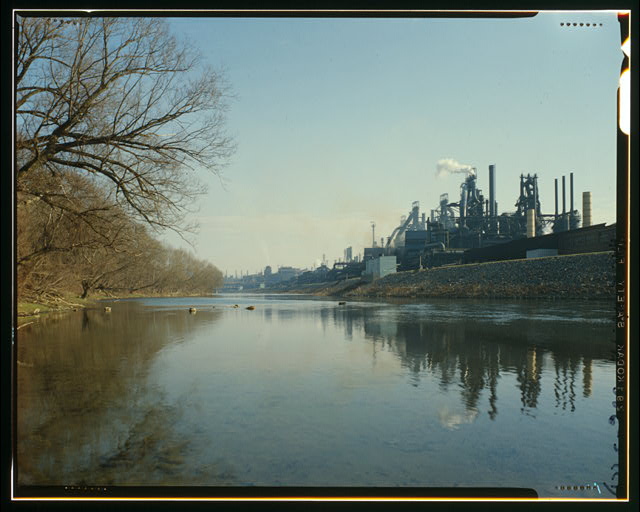The Liveried Tractor
I don’t recognize other people’s cars. I definitely couldn’t tell you the make or model of anyone’s car. They all look the same to me. I think this has a lot to do with paint colors. With a few exceptions, all the cars seem to be black, grey, or blue.
If you want to see bright colors, look at the paint schemes of tractors. They are amazing colors. There are blue, orange, bright red, purple, and green tractors. These are colors that stand out. Aren’t tractors practical, industrial machines and so shouldn’t they be painted some sort of no-nonsense grey? How did tractors get to be the colors that they are?

